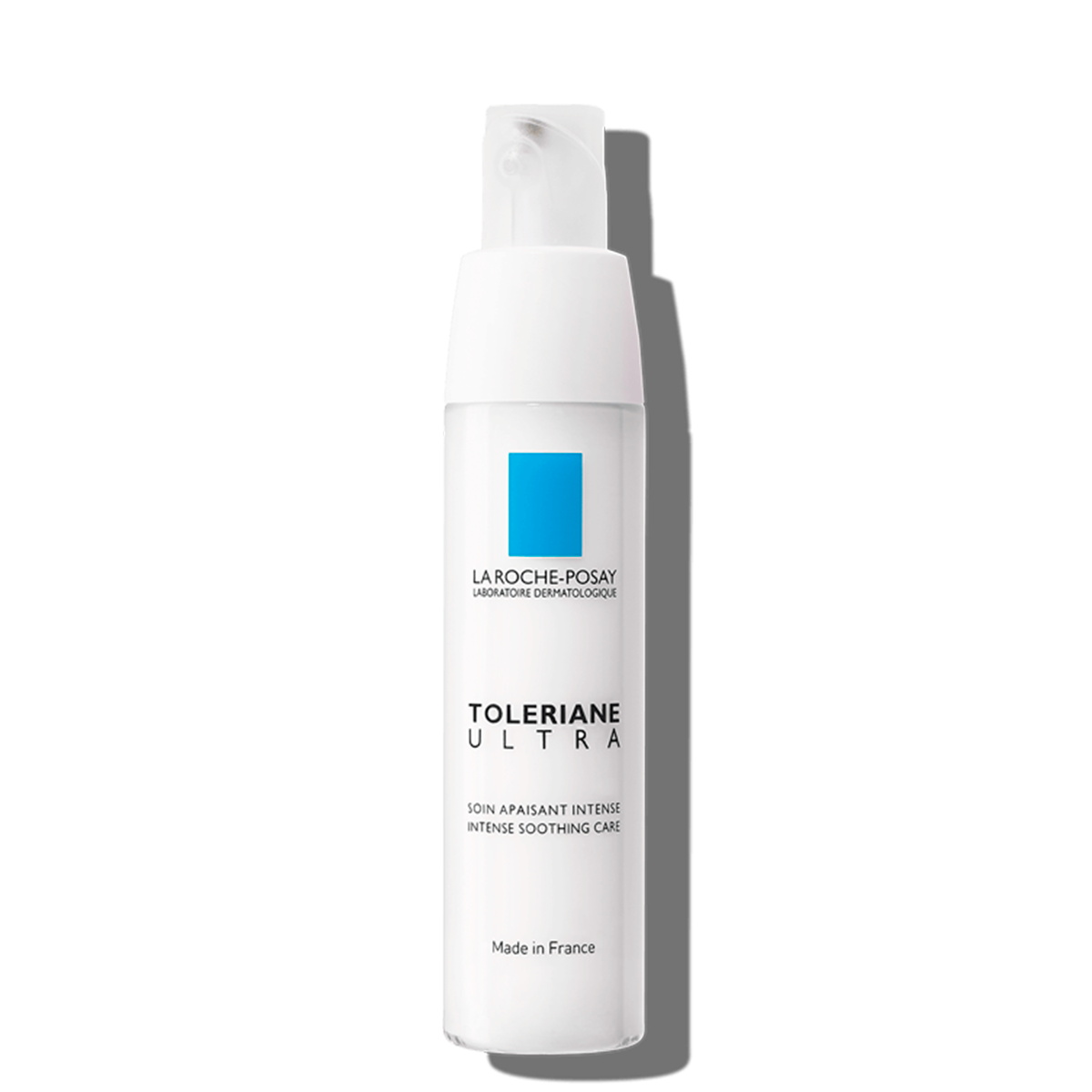SPOTSCAN+ Analyze your acne-prone skin












ULTRA-SENSITIVE SKIN
HOW TO APPLY
Apply to the face and neck every night on cleansed skin.
With La Roche-Posay Thermal Spring Water.
Intensely hydrates and soothes the feel of irritation due to dryness upon waking. Night after night, skin's sensitivity is reduced and the skin is relieved from discomfort in the morning.
0% fragrance/alcohol.
Tested under ophtalmological control. Non-comedogenic.
12 Months
-
Pump
-
Adults
-
Intense soothing
24hr hydration
Repairs and protects*
*skin barrier -
Face
KEY INGREDIENTS
LET'S TAKE A LOOK INSIDE
NEUROSENSINE
CARNOSINE & VITAMIN E
LA ROCHE-POSAY THERMAL WATER
B178893/1
IT'S PROVEN
AFTER 4 WEEKS
-56% stinging sensations
**In vivo facial stinging test scoring under dermatological control, n=51 women with sensitive skin, 28 days, 1 application/day in the evening
-94% heating sensations
-85% tightness
***In vivo clinical scoring by dermatologists, n=51 women with sensitive skin, 4 weeks, 1 application/day in the evening
EXPERT
QUOTESitecore CDOWash or brush your hair every evening in order to remove particles that might be trapped in your hair.
WHICH ONE DO YOU NEED?
TOLERIANE
OR
THE PERFECT MATCH
FOR YOUR SKIN
THE TOLERIANE WINNING TRIO
ALLERGIC OR ULTRA-SENSITIVE SKIN
WE ALSO HAVE
A RANGE FOR THAT
The TOLERIANE range contains high tolerance products formulated with a minimum of ingredients to limit the risks of allergies. Instant and lasting comfort. Hydrates, soothes and protects sensitive skin

Did you
know?

If not correctly treated, sensitive skin is 2 to 5 times more likely to develop medically diagnosed skin allergies*.
* Source: FARAGE 2008 British Association of Dermatologists. British Journal of Dermatology 2008 159, pp231–266











